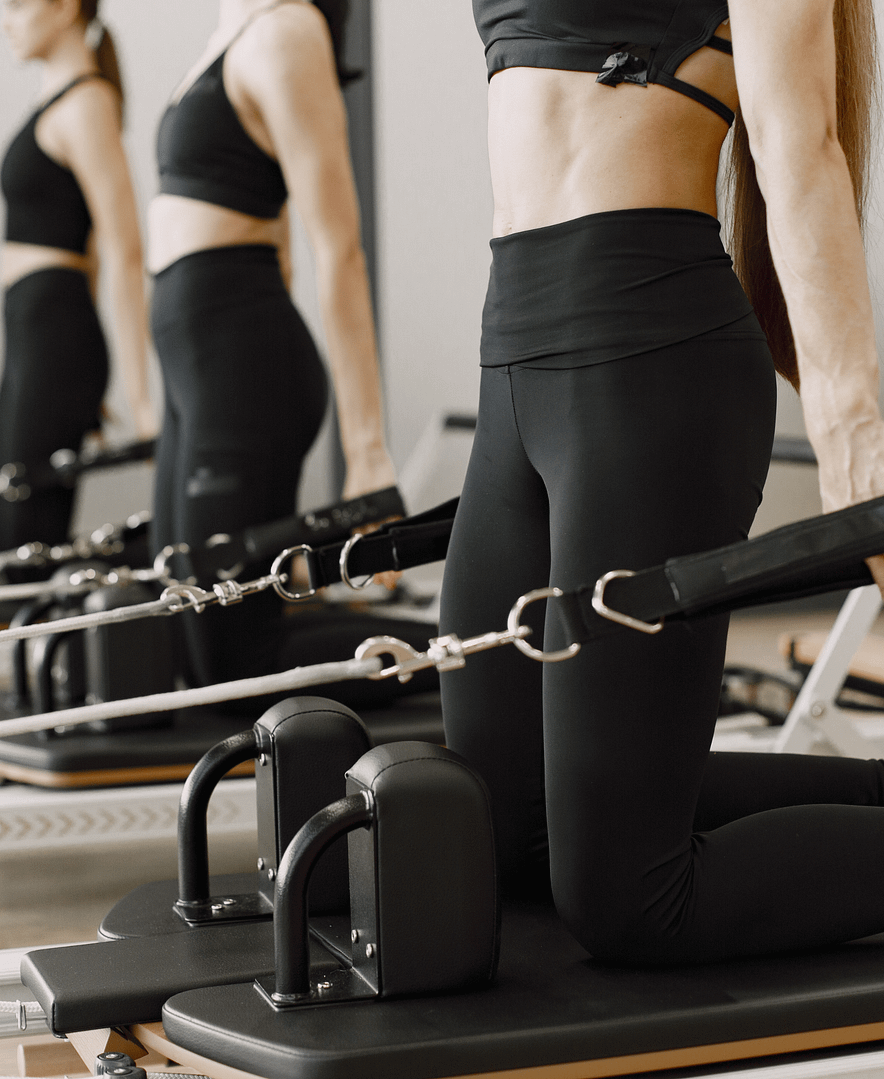Strong gluteal muscles will alleviate low back pain, revitalize your posture and boost athletic performance.
You’ll also look fabulous in jeans! No squats or lunges needed!
Whether you are a dancer, runner, swimmer, play golf or tennis, or want an overall enhanced alignment, focus on that base! Strong gluteal muscles also result in happy and healthy knees and hips, thus alleviating low back pain.
Here’s a brief anatomy note:
There are three gluteal muscles. They are (all) often referred to as “The Glutes” for short.
- Maximus: The largest and most superficial of the three
- Medius: Under the glute maximus
- Minimus: The smallest of the three and is beneath the gluteus medius
Glute medius is especially important for pre and post op in hip replacements. Here’s my story:
December 2016, I had a total hip replacement and I trained like it was an olympic event! I started working with an awesome physical therapist six months prior. By prepping and going into my surgery strong the result was a quick recovery and an extremely successful outcome. Thank you to my surgeon as well!
Even if you are not having surgery, it’s always a good idea to work on the gluteal muscles!
Here are four ways to strengthen and tone your bootie!
This quick fit program to strengthen and tone your bootie include:
- Two standing exercises.
- Two supine exercises.
Two standing exercises to strengthen and tone your bootie:
- Calf raises in the “Pilates V”: You can define your calves and have a bootie too! The best thing about calf raises is you can do them while waiting on line, while you brush your teeth, or washing your hands. Stand with your heels touching and feet slightly turned out. Keep all ten toes on the floor as you lift and lower your heels. Now, it’s not just about lifting from the feet but feeling the connection from the feet up the inner thighs and to the glutes. You will achieve this by pressing the heels together. For timing, think of a waltz count as you do this: lift 2,3 then lower, 2,3. Start with five repetitions, rest and then repeat for three sets total. You can work your way up to fifteen reps in each set. Take an easy calf stretch when you are done.
- Standing Side Leg Lateral Press: This exercise helps strengthen (specifically) glute medius. Stand on one leg (if you can safely stand on a yoga block that is ideal) press the other leg out to the side about two inches. Feel as if you were moving through mud in order to create your own resistance. Do up to fifteen repetitions to one side and then the other. You may repeat this cycle up to three sets. Really think of moving from the lateral part of the upper buttocks.
Two supine exercises to strengthen and tone your bootie:
- Slant Boards: A slant board is lifting your hips to a small “bridge” position. Lie supine (on your back) knees bent, feet on the floor and legs hip width apart. Make sure your toes are not gripping and put a little more weight into your heels. If you have a yoga block or a towel you can use that between your knees to help maintain knee alignment. Only lift your hips up as high so that you could roll a marble down your torso from your belly button to your throat. You will work mainly the glute maximus which is important for running, jumping, and power moves. Start with five repetitions, rest and then repeat for three sets total. You can work your way up to fifteen reps in each set.
- Single Leg Slant Boards: This exercise will also get some hamstring action but, once again, focus on moving from the lateral part of the upper buttocks (glute medius). Lie supine (on your back) knees bent, feet on the floor and your legs and feet together, lift up to a “slant board” and extend one leg out then lift it so your heel is reaching toward the ceiling. Now do those slant boards! Start with five repetitions on each side, rest and then repeat for three sets total. You can work your way up to fifteen reps in each set. Also, working unilaterally is a great way to discover if you have one side stronger than the other.
Even though we include exercises that focus on a particular group of muscles, the entire body is still working because everything is connected. If there is a weak link in the kinetic chain, every other muscle will suffer. Joseph Pilates believed in “overall development of the body” and that is what we focus on at Gotham Pilates




